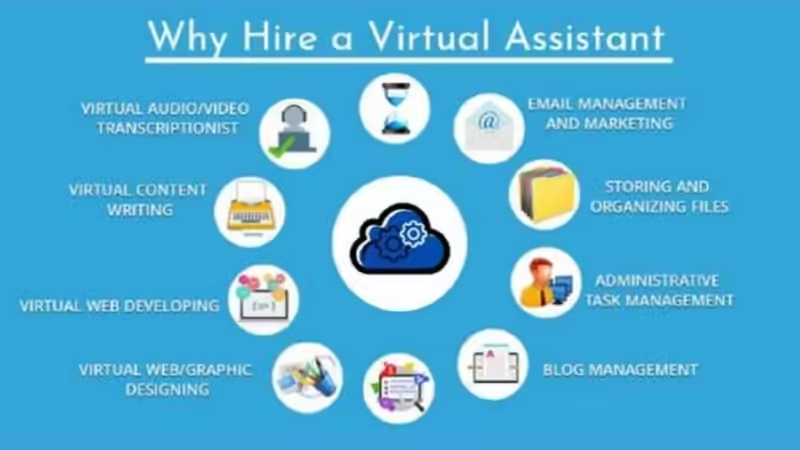The Power of Open Accounting: How it Can Help You Improve Your Business Cash Flow Analysis

Are you tired of struggling to keep track of your business’s cash flow? Do you find yourself constantly second-guessing your financial decisions and wondering if there is a better way to manage your money? Well, look no further! Open accounting is here to revolutionise the way you analyse and improve your business’s cash flow.
Throughout the following article, we will explore the benefits of open accounting and how it can help take your business to new heights. So buckle up and get ready for a game-changing approach to managing your finances!
What is Open Accounting?
Open accounting is an accounting method that allows businesses to share their financial information with other businesses and organisations. This information can include anything from invoices and bills to bank statements and tax returns. By sharing this information, businesses can improve their cash flow analysis and make better decisions about their finances.
Open accounting is a great way for businesses to improve their financial planning and analysis. By sharing financial information with others, businesses can get a better understanding of their cash flow and make more informed decisions about their money.
Benefits of Using Open Accounting for Cash Flow Analysis
Open accounting is a powerful tool that can help you improve your business cash flow analysis. By using open accounting, you can:
- Get a clear picture of your business cash flow.
- Identify problem areas in your enterprise’s financial health.
- Develop strategies to improve your business cash flow.
- Monitor your progress in improving your wealth.
- Make better decisions about how to manage your business cash flow.
How to Set Up an Open Accounting System for Your Business
There are many benefits to using an open accounting system for your business, including improved cash flow analysis. An open accounting system allows you to see all of your financial transactions in one place, which can help you better track your spending and income. It can also help you identify areas where you may need to cut costs or boost revenue.
Setting up an open accounting system is relatively simple and can be done in a few steps:
-
Choose an accounting software that fits your needs:
When selecting an accounting software for your business, it’s essential to consider your specific requirements. Look for software that offers features and functionalities aligned with your business needs, such as invoicing, expense tracking, bank reconciliation, and reporting capabilities. Consider factors like scalability, user-friendliness, and integration with other tools or systems you use.
-
Set up your chart of accounts:
The chart of accounts is a vital component of open accounting. It provides a structure for categorising and organising your financial transactions. Take the time to carefully design your chart of accounts, ensuring that it reflects your business operations accurately. This will enable you to track your finances effectively and generate meaningful reports for cash flow analysis.
-
Import or manually enter your financial data:
Depending on your situation, you may need to import existing financial data or start fresh by manually entering each transaction into your open accounting software. If you have historical data, importing it can save time and provide a starting point for your analysis. If starting from scratch, be meticulous in entering accurate and complete transaction details.
-
Begin tracking your finances:
With your accounting software set up and your financial data in place, you can start utilising the power of open accounting to track your cash flow effectively. Regularly record income, expenses, and other financial transactions, ensuring they are appropriately categorised. This will enable you to have real-time visibility into your cash inflows and outflows, providing insights for better cash flow management.
Tips for Optimising Your Cash Flow Analysis with Open Accounting
-
Understand what open accounting is:
Educate yourself on the concept of open accounting and its potential benefits for cash flow analysis. Open accounting enables real-time access to financial data, allowing for more accurate and timely cash flow analysis. Stay updated on industry trends and advancements in open accounting practices.
-
Know the key benefits:
Familiarise yourself with the advantages open accounting offers for cash flow analysis. These may include improved accuracy, real-time visibility, automated categorization, easier reconciliation, and the ability to generate detailed reports. Understanding these benefits will help you make the most of your open accounting system.
-
Be aware of the potential risks:
While open accounting brings numerous benefits, it’s crucial to address potential risks such as data security and privacy concerns. Implement robust security measures, choose trusted software providers, and adhere to data protection regulations to mitigate these risks. Prioritise transparency and educate your team and stakeholders about the measures taken to protect sensitive financial information.
-
Improve visibility of cash inflows and outflows:
Open accounting provides real-time access to financial data, enabling you to closely monitor cash inflows and outflows. Leverage this capability to gain a clear and accurate understanding of your cash flow position. Regularly review and analyze your cash flow statements, identify patterns or trends, and make informed decisions to optimize your cash flow management.
-
Monitor business performance:
With open accounting, you have access to detailed financial reports and metrics. Track and analyze key cash flow indicators such as operating cash flow, cash conversion cycle, and working capital turnover. Regularly review these metrics to identify areas for improvement, make informed business decisions, and take proactive steps to optimize your cash flow.
Common Challenges Faced When Using Open Accounting
There are a few common challenges that businesses face when using open accounting methods. One challenge is ensuring that all transactions are properly recorded. This can be difficult if there is a lot of activity or if the business uses multiple accounting software programs. Another challenge is making sure that the books are balanced. This can be tricky if there are many moving parts to the business, such as inventory, accounts receivable, and accounts payable. Businesses need to be careful not to overspend or make too many impulse purchases. Open accounting can help with this by providing visibility into spending patterns and helping to set spending limits.
Final Thoughts
Open accounting is a powerful tool that can help you better understand and manage your business’s cash flow. By tracking and analysing financial data on an ongoing basis, open accounting gives businesses the insights needed to make informed decisions about their finances. With improved visibility into cash flows, companies can be sure they are making the most of their money and capitalising on opportunities for growth. If you want to ensure your business is staying ahead of its finances, open accounting is definitely worth considering.
![]()






